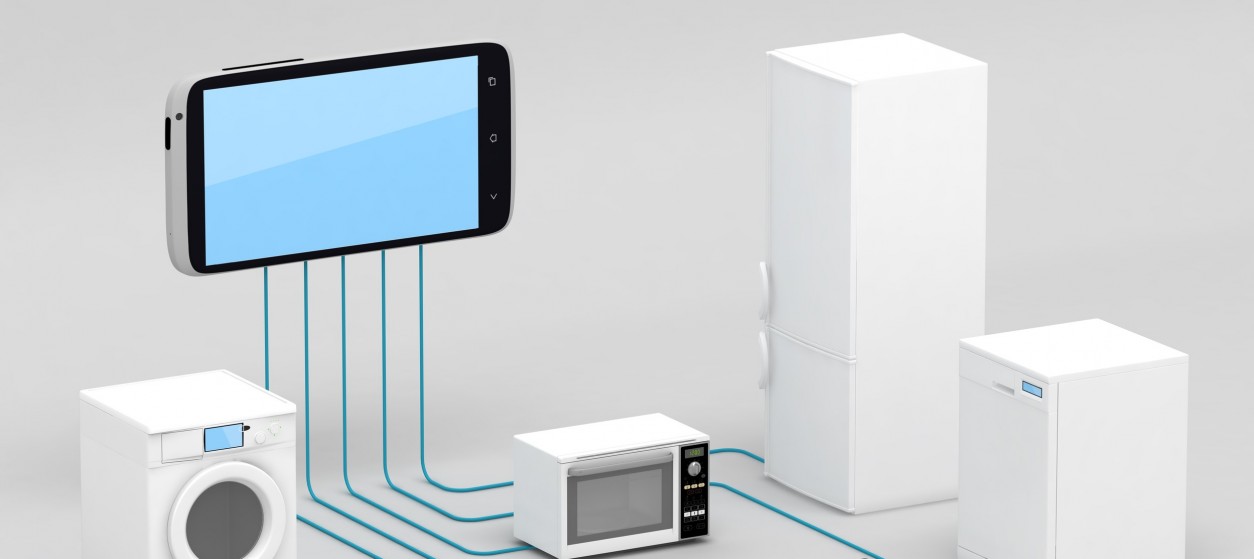Edge computing has recently emerged as a remedy to known limitations of cloud computing for certain classes of internet-of-things (IoT) applications. These include large-scale distributed control systems, mobile applications comprising of roaming users and moving objects as well as privacy sensitive applications that need to isolate specific datasets. Edge computing supports the above-listed applications by enabling data collection, storage and processing close to the physical world, along with real-time actuation and control. Based on these characteristics, edge computing deployments are expected to find their place in both industrial settings (e.g., factories, energy plants, oil refineries) and consumer applications (e.g., smart homes, smart cities and ambient assisted living applications).
Many enterprises are already deploying elements of edge computing in their applications. At the same time, vendors are developing edge computing platforms, which can be flexibly configured for deployment in different environments. Understanding the state of play, is therefore a key prerequisite for shaping your edge computing strategy.
Edge Computing Systems: Anatomy and Reference Architectures
Edge computing is characterized by the deployment of one or more layers of edge nodes between the field and the cloud. Edge nodes can be of different types with varying computational capabilities, ranging from CPU constrained devices such as Arduino boards to industrial PCs, or even mini-clusters of servers. In most deployments a layer of resource constrained nodes interfaces to some computationally intensive device, which is characterized as edge “gateway”. Gateways are in turn integrated with the cloud, and therefore benefit from the capacity, scalability and quality of service of cloud computing infrastructures. Edge nodes and gateways preprocess and filter data in order to stream to the cloud only the data that have significant business value.
The structure of edge computing deployments is specified in the scope of reference architectures which have been produced by standards development organizations, such as the Industrial Internet Consortium Reference Architecture and the OpenFog consortium. These architectures specify the structuring principles that drive the integration of edge computing systems at scale, including systems that comprise of multiple layers of edge nodes. They also prescribe the implementation of security mechanisms at multiple levels, including the levels of field devices, edge servers/gateways and the cloud. Moreover, they include some tangible examples and deployment configurations, which facilitate the understanding of how these architectures work in practice.
Existing and Emerging Practical Implementations
Along with the release of reference architectures, we are also witnessing the emergence of edge computing platforms. Some prominent examples include:
- The Edge Intelligence Testbed, which has been created and supported by HP. It is an experimental infrastructure, which supports the development and deployment of solutions that align to the edge computing architecture of the Industrial Internet Consortium.
- IoT Edge’ href=’https://azure.microsoft.com/en-us/campaigns/iot-edge/’ target=’_blank’>The Azure IoT Edge platform, which enhances Microsoft’s Azure platform with edge computing functionalities. It provides the means for defining and running edge analytics, while enabling the deployment of IoT solutions from cloud to edge. It also offers features for managing edge nodes/devices and operating edge nodes with offline or with limited connectivity to the cloud. Azure IoT Edge is only one example of enhancing mainstream cloud computing platforms with edge computing functionalities. Most cloud vendors are gradually providing support for edge computing as part of their products and services. As another example, Amazon has recently introduced its AWS Snowball Edge platform, which endows the Amazon cloud services with high-performance edge computing functionalities. The latter functionalities take advantage of Amazon’s low overhead, “serverless” computing.
- EdgeX Foundry™, which is a vendor-neutral open source project building a common open framework for IoT edge computing. It is support by Dell and provides an interoperability framework that runs within a hardware- and OS-agnostic reference software platform. EdgeXFoundry boosts the configurability of related edge computing solutions and enables the deployment of edge nodes in heterogeneous environments regardless of the devices and connectivity protocols that they support. Moreover, EdgeXFoundry boosts the plug n’ play integration of open source IoT elements with edge platforms, which provides a sound basis for the development of a marketplace of edge computing components.
Note that these are only few representative examples of tangible edge computing platforms by major vendors. As evident from the given descriptions, each vendor is striving to provide a unique value proposition for its edge computing implementation (e.g., deployment ease, configurability, scalability, standards compliance) as a means to standing out in the competition.
Future Outlook
In the coming years, edge computing platforms will become mainstream components of every sort of IoT deployment. Several of these platforms are likely to comply with the introduced reference architectures. We also expect the implementation and integration of innovative technologies over mainstream edge computing platforms, including the following disruptive technologies:
- Blockchains: Edge nodes are typically decentralized and geographically dispersed, while executing edge processes such as analytics or field control. Blockchain technologies provide the means for orchestrating diverse edge processes towards a common goal such as production or supply chain optimization. It’s therefore highly likely that edge nodes will become integrated with distributed ledger infrastructures.
- Expanded use of Artificial Intelligence (AI): Edge computing provides the means for deploying AI very close to the field in order to boost real-time decisions and associated control operations. We will therefore increasingly see the deployment of AI functions within edge nodes. There already companies that innovate in this direction, such as Tellmeplus, which has introduced the notion of Predictive Objects. Likewise, Azure IoT Edge promotes the deployment of AI in the edge nodes of the Azure cloud.
Edge computing is destined to go hand in hand with IoT, as it provides the means for deploying real-time IoT applications in a way that optimizes bandwidth, latency and storage costs. Therefore, we expect to see a proliferation of edge computing deployments, which will give rise to the development of innovative platforms with a host of value added features.










